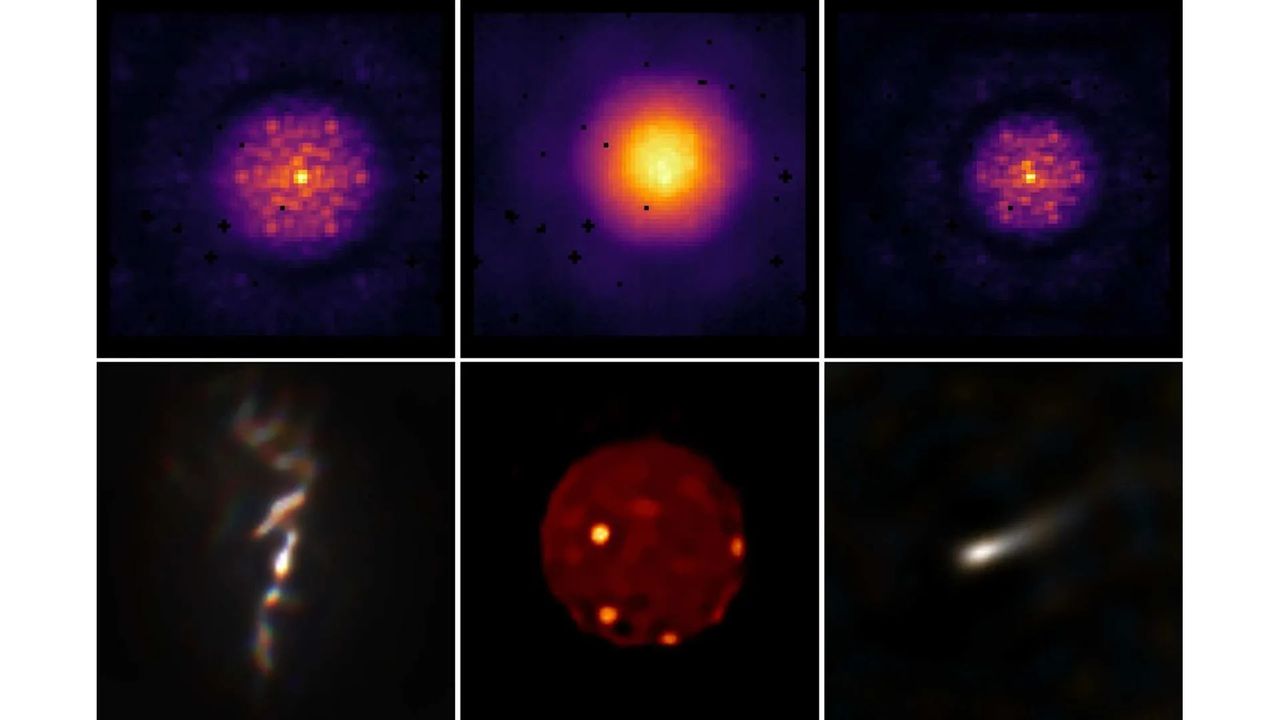The James Webb Space Telescope (JWST), which has been operational since July 2022, has regained its clarity thanks to an innovative AI algorithm developed by a team of researchers from the University of Sydney. The telescope previously faced issues with blurry images due to electronic distortions affecting its Aperture Masking Interferometer (API), a secondary instrument designed to enhance imaging capabilities.
The API, while not one of the main instruments on the JWST, is crucial for its Near-InfraRed Imager and Slitless Spectrograph (NIRISS). Specifically, it combines light from different sections of the telescope’s main mirror to improve sensitivity and resolution when searching for dim exoplanets around distant stars. When astronomers first activated the API, they encountered blurry images, reminiscent of the optical flaws that plagued the Hubble Space Telescope shortly after its launch in 1990.
Unlike Hubble, which orbits approximately 320 miles (about 515 kilometers) above Earth and was fixed through a costly crewed space mission, the JWST is stationed much farther away at a distance of about 930,000 miles (approximately 1.5 million kilometers). This vast distance makes any human intervention impractical.
The blurriness of the API images was traced to electronic distortions on the telescope’s infrared camera detector. To address this, former Ph.D. students from the University of Sydney, Max Charles and Louis Desdoigts, developed a neural network algorithm known as AMIGO (Aperture Masking Interferometry Generative Observations). This AI-driven solution can detect and correct pixels affected by electrical charges that distort observations.
Significant Advancements in Imaging
The AMIGO algorithm has demonstrated remarkable effectiveness. “Instead of sending astronauts to bolt on new parts, they managed to fix things with code,” said Professor Peter Tuthill, who led the research team. The algorithm was successfully tested on images of a dim exoplanet and a low-mass star located approximately 133 light-years from Earth. It also produced detailed images of a black hole jet, the volcanic surface of Jupiter’s moon Io, and stellar winds from a distant variable star.
“This work brings JWST’s vision into even sharper focus,” remarked Desdoigts, who is currently a postdoctoral researcher at Leiden University in the Netherlands. “It’s incredibly rewarding to see a software solution extend the telescope’s scientific reach.”
The JWST has already revolutionized the field of astronomy, providing insights into the formation of early galaxies and black holes, as well as making groundbreaking measurements of exoplanet atmospheres. With the API now functioning optimally, the telescope is poised for even more significant discoveries, further expanding our understanding of the universe.
As the scientific community continues to harness the capabilities of the James Webb Space Telescope, the successful integration of AI technology not only solves immediate challenges but also opens new avenues for exploration and knowledge in the realm of space science.
